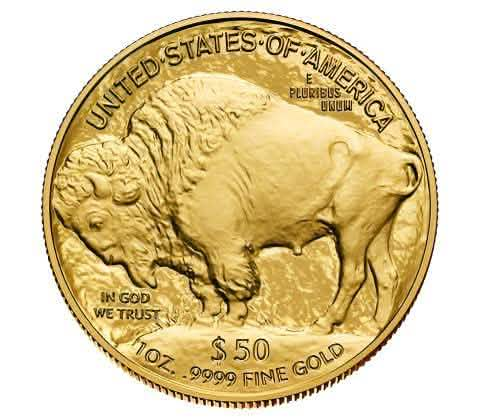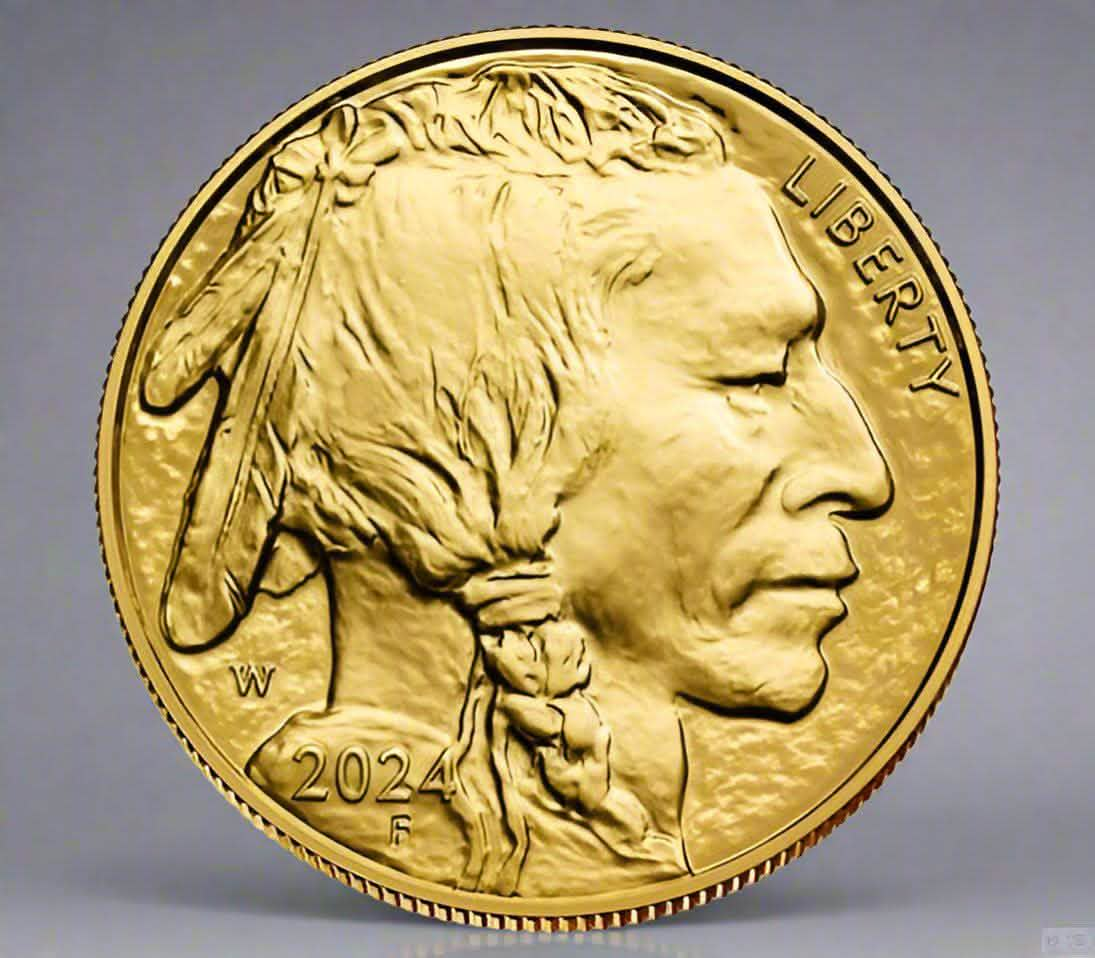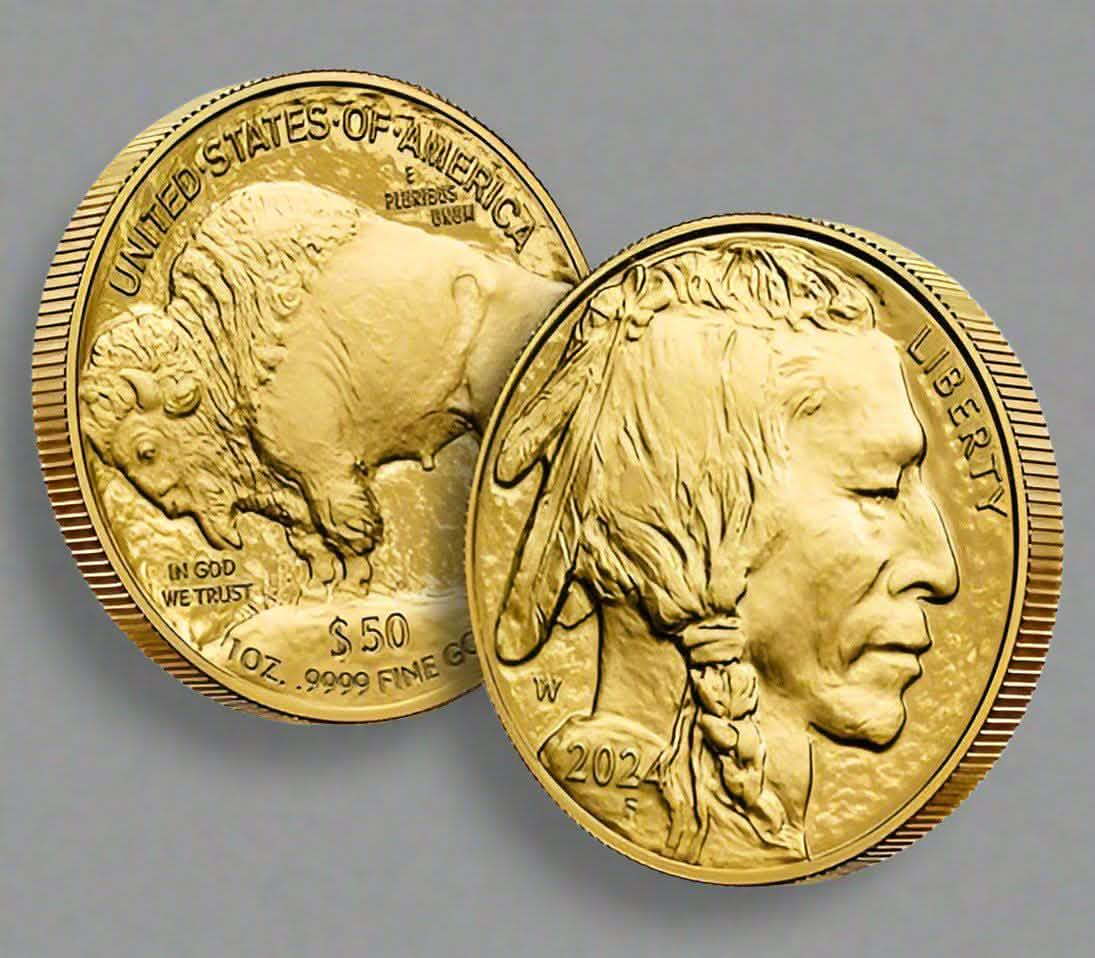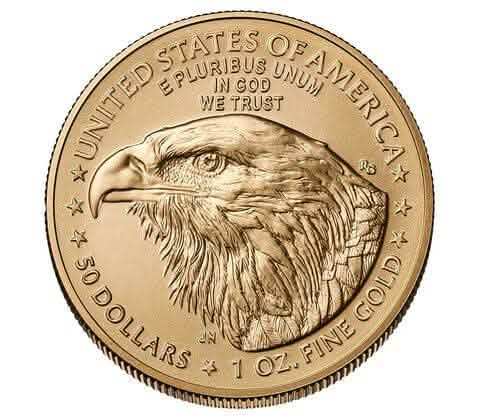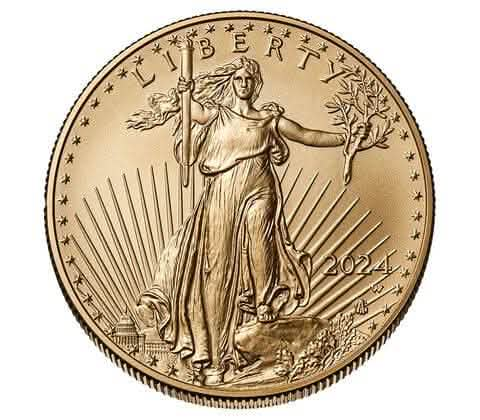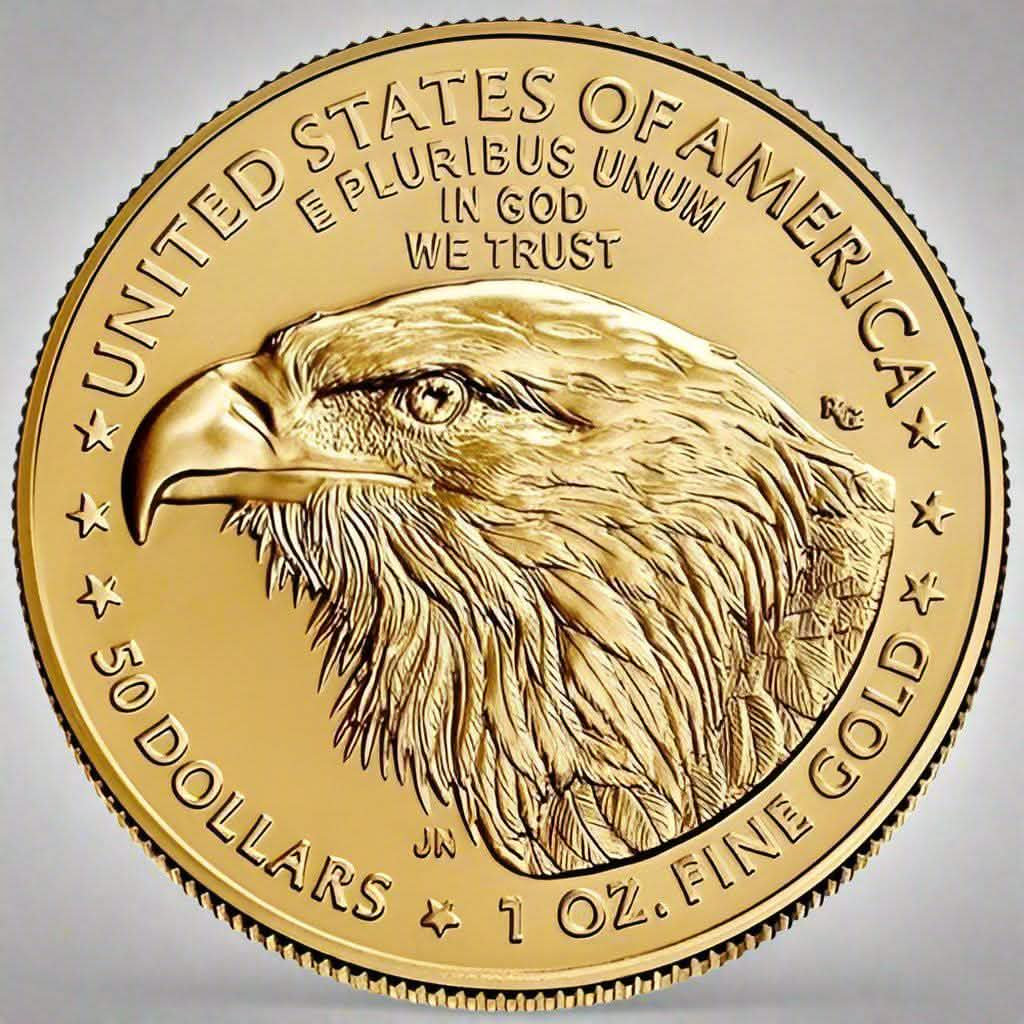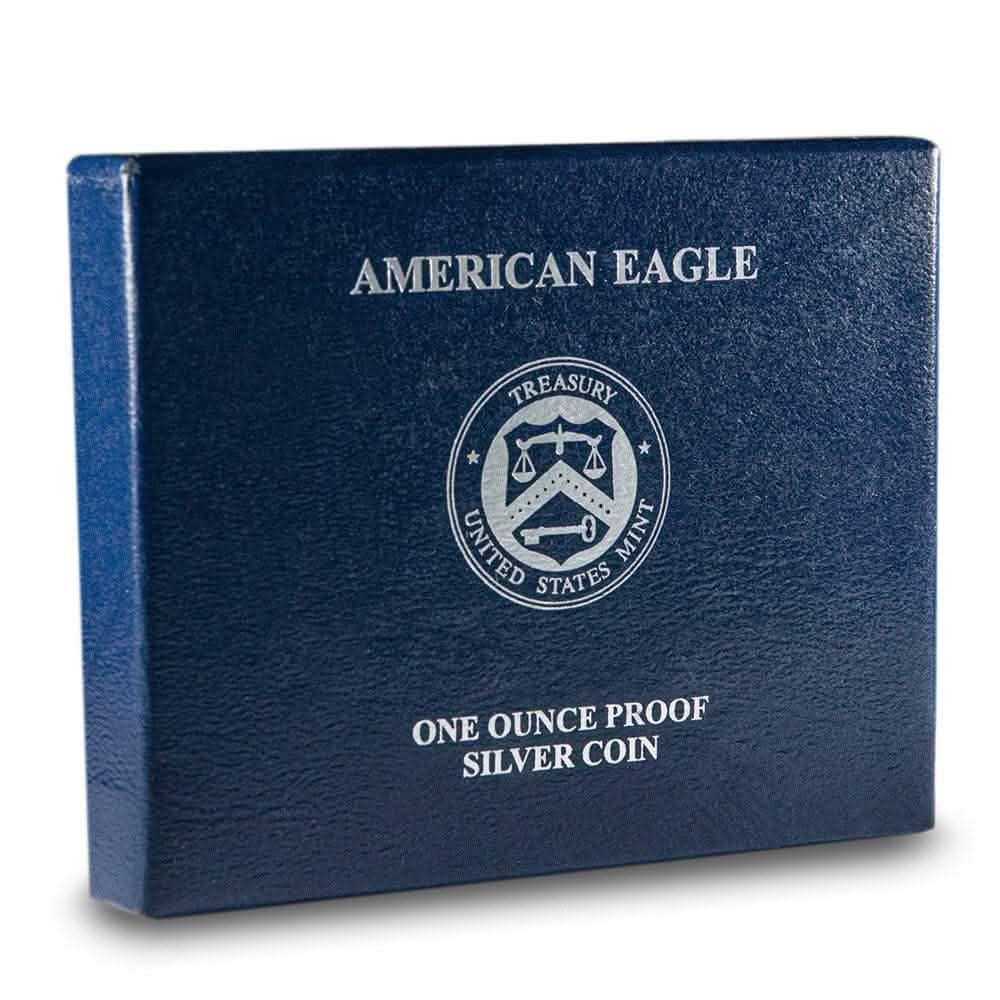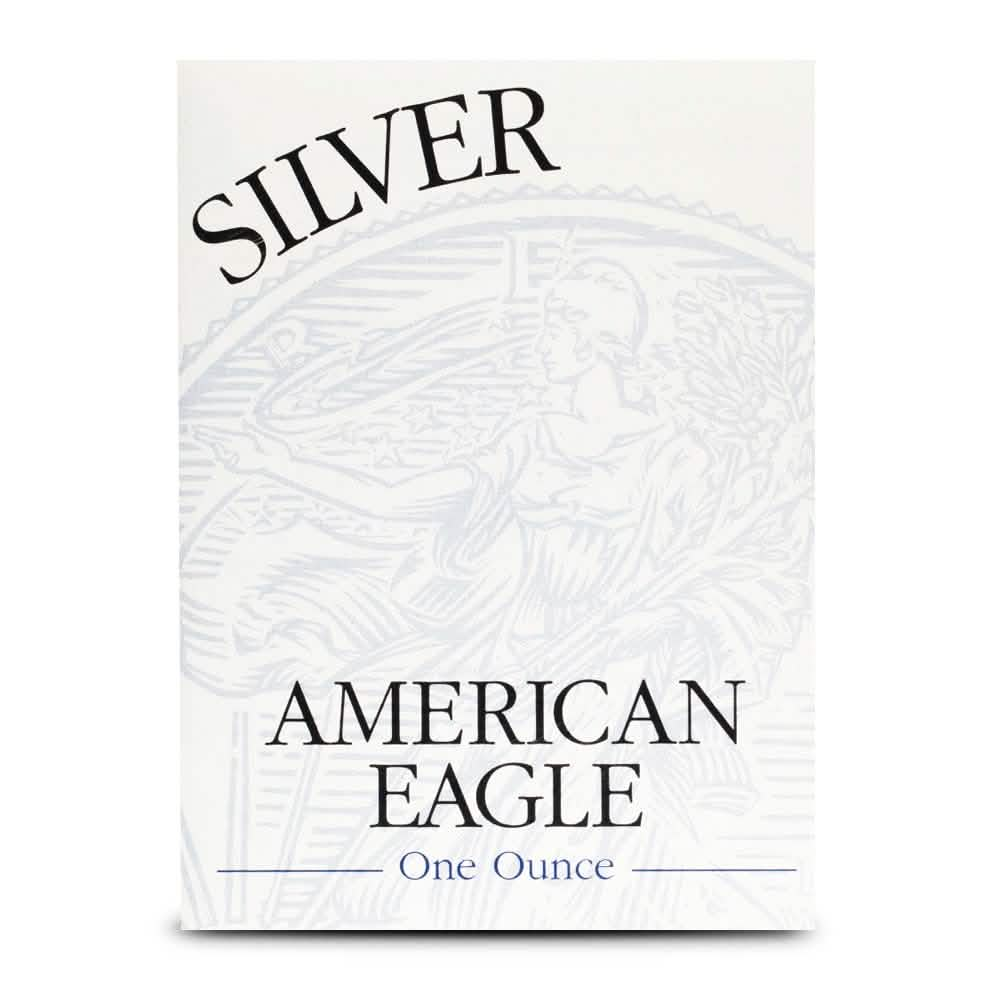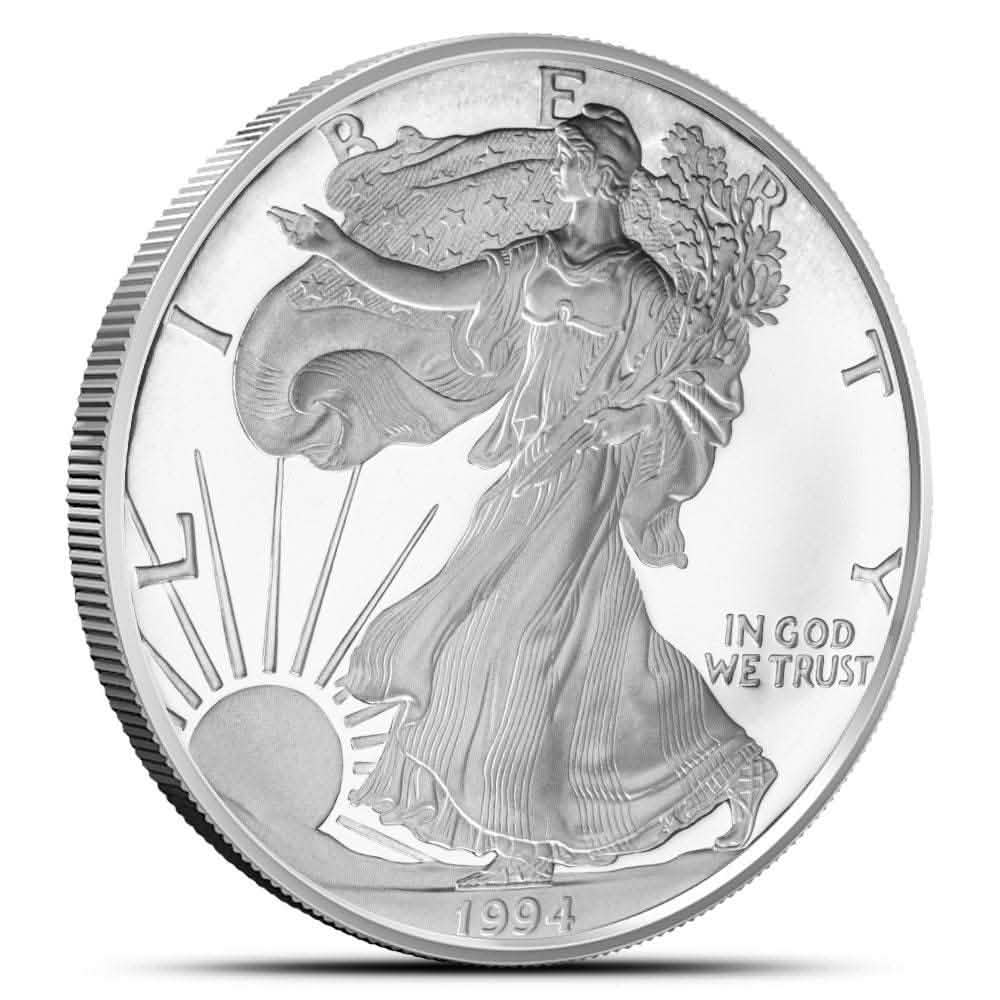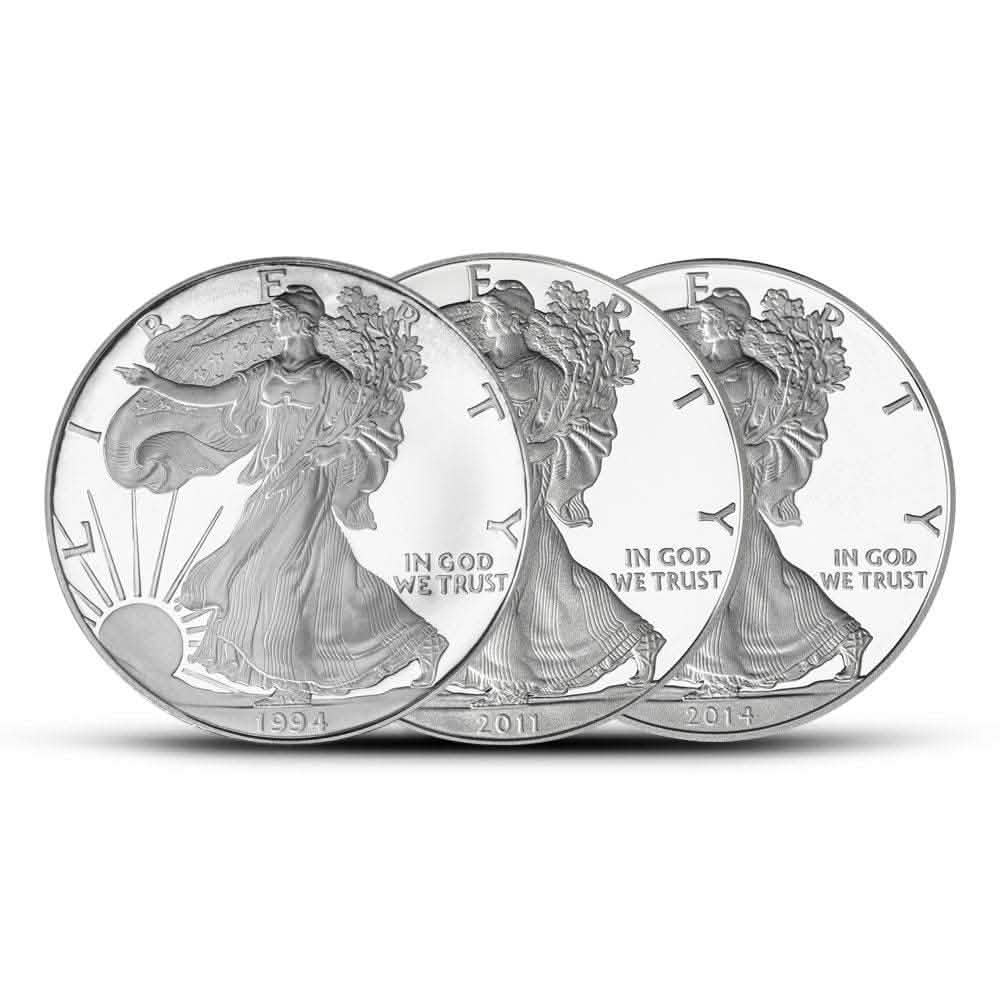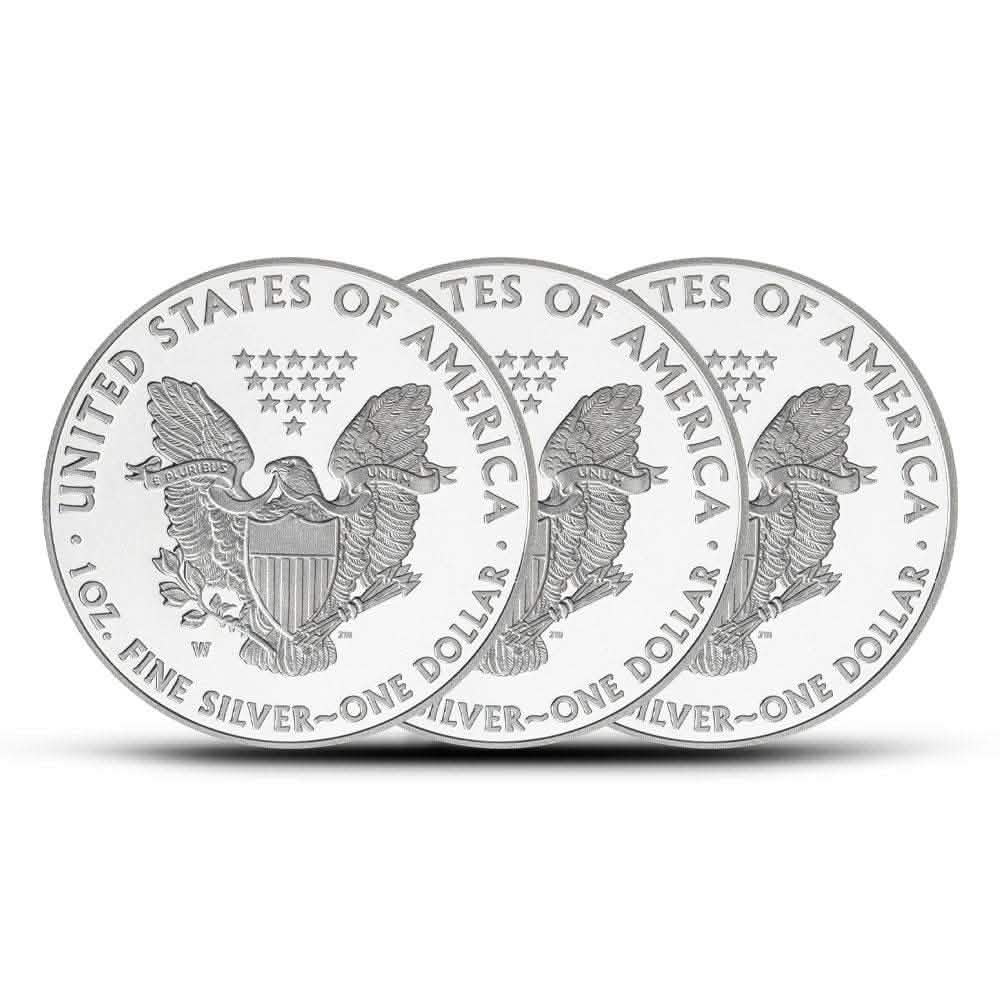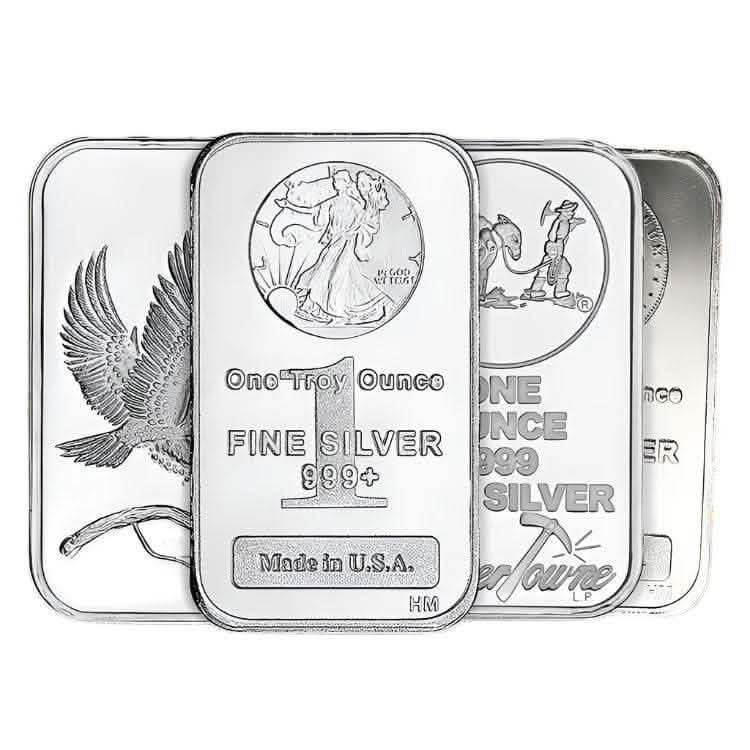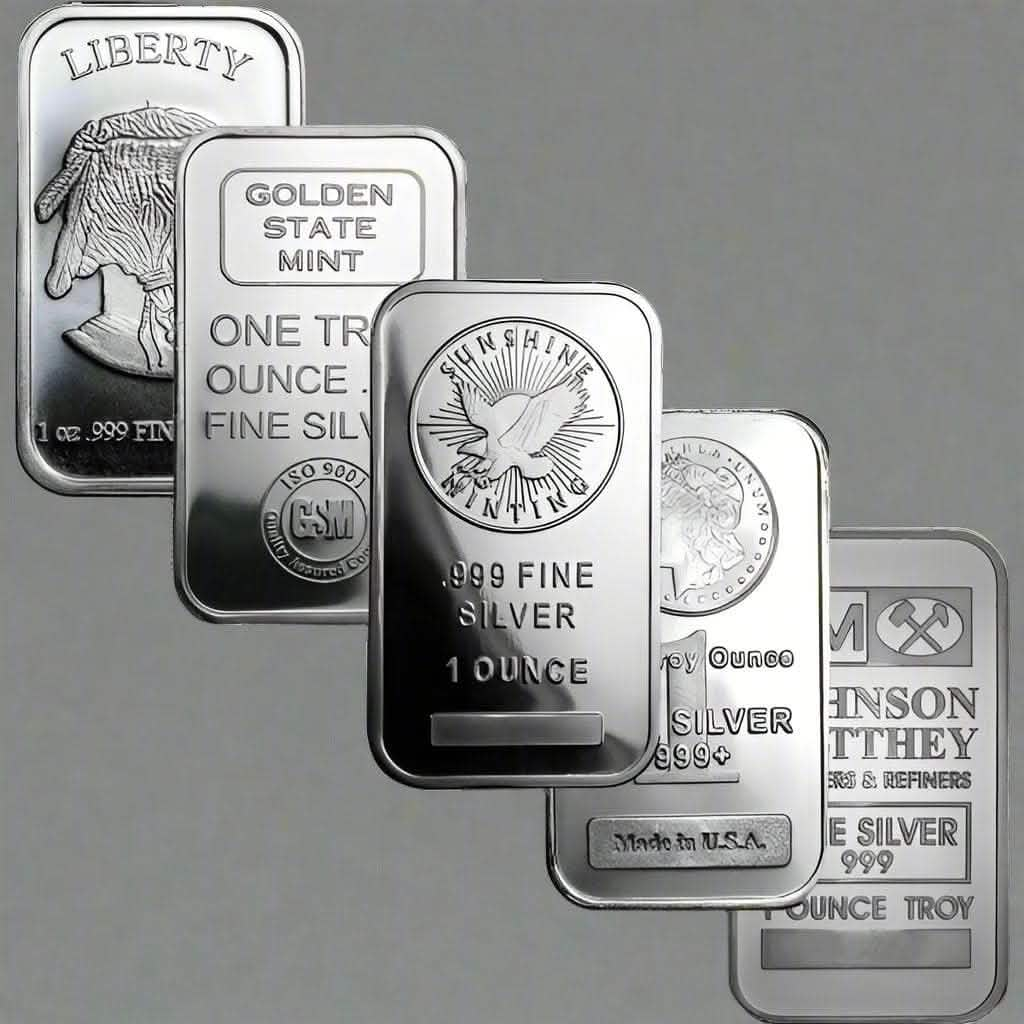Explaining Precious Metals Pricing Premiums Over Spot
Precious metals have always been a haven for investors, offering stability in uncertain times. Yet, understanding their pricing can be complex. When buying gold, silver, or platinum, you've probably seen terms like "spot price" and "premium over spot." But what do they mean, and why are they significant for investors and precious metal enthusiasts?
In this blog post, we'll explore the concept of premium over spot, its importance in your investment decisions, and how it affects the buying and selling precious metals. By the end, you'll better understand this crucial pricing aspect and be better equipped to make informed investment choices.
Grasping the Basics of Spot Price
The spot price is the current market price at which a particular metal is bought or sold for immediate payment and delivery. Various factors determine it, including market demand, supply, and geopolitical events. This price also fluctuates frequently throughout the trading day.
For investors, the spot price serves as a baseline for evaluating the worth of precious metals. It's a crucial metric that provides insight into market trends and helps forecast future price movements. However, it's essential to note that the spot price is not what consumers pay when purchasing metals like gold or silver.
Depending on the region and market, the spot price is often quoted per ounce, gram, or kilogram. This universal metric provides buyers and sellers around the world with a common reference point for transactions. Despite its importance, the spot price doesn't account for additional costs involved in getting the metal to consumers.
Unraveling the Premium Over Spot
The premium over spot is the amount added to the spot price to arrive at the final purchase price of a precious metal. This premium encompasses various factors, such as manufacturing costs, dealer markup, and distribution expenses. It's essentially the cost of converting raw metal into a marketable product.
Investors often encounter premiums when buying bullion coins, bars, or rounds. Each product has its specific premium, which can vary depending on several elements, including brand reputation, product scarcity, and market demand. Understanding these premiums is crucial for optimizing investment strategies.
It's important to remember that not all premiums are created equal. Some products may carry higher premiums due to their collectibility or historical significance. Others might have lower premiums if produced in larger quantities or by less renowned mints. This variation highlights the need for investors to conduct thorough research before purchasing.
Factors Influencing Premiums
Several factors contribute to the premium over spot, making it crucial for investors to understand them to make informed decisions. First, manufacturing costs play a significant role. Refining, minting, and packaging precious metals incurs expenses that are passed on to the consumer through the premium.
Secondly, the dealer markup is another critical factor. Dealers need to make a profit, and the markup they apply can vary based on their business model, operational costs, and competitive positioning in the market. Some dealers may offer lower premiums to attract customers, while others rely on brand reputation to justify higher markups.
Lastly, market conditions also impact premiums. During periods of high demand, premiums may rise as dealers adjust prices to capitalize on increased interest. Conversely, premiums might decrease during low-demand phases as dealers try to stimulate sales and maintain inventory turnover.
The Role of Coin Design and Mintage
The design and mintage of bullion coins can significantly affect their premiums. Coins with intricate designs, unique features, or limited mintage tend to carry higher premiums due to their appeal to collectors and investors alike. These factors enhance the coins' desirability, making them more valuable.
For instance, coins featuring famous historical figures or iconic symbols might attract collectors, driving their premiums. Similarly, limited-edition releases create scarcity, further boosting their value in the eyes of collectors who seek exclusivity in their collections.
Investors should weigh the benefits of these premium coins against their investment goals. While such coins can offer potential appreciation, they might not be suitable for those primarily interested in maximizing their exposure to the metal. Understanding the balance between collectible value and intrinsic metal content is critical to making sound investment choices.
How Premiums Affect Investment Returns
Premiums can significantly impact the overall returns of precious metal investments. When purchasing bullion, investors need to account for the premium over the spot price as part of the total acquisition cost. This means that the metal's price must increase beyond the premium paid for the investment to become profitable.
For example, if an investor buys a gold coin with a $50 premium over the spot and the gold price appreciates by only $30, they haven't yet realized a profit. The premium creates a threshold the spot price must surpass before the investment becomes financially rewarding.
To optimize returns, investors should minimize premiums by selecting products with reasonable markups and considering their long-term investment horizon. This approach ensures that the investment has the potential to generate returns beyond the initial premium.
Strategies for Managing Premium Costs
Investors can adopt several strategies to manage premium costs effectively. One approach is to focus on products with lower premiums. Generic or private mint bars and coins often carry smaller markups than government-issued bullion, making them cost-effective for those seeking metal exposure without added collectible value.
Another strategy involves strategically timing purchases. Monitoring market trends and purchasing during periods of lower demand can help investors secure better deals with reduced premiums. Patience and market awareness play vital roles in optimizing purchase timing.
Additionally, building relationships with reputable dealers can lead to better pricing opportunities. Established dealers might offer discounts or exclusive deals to loyal customers, reducing premium costs.
Understanding Buyback Policies
When investing in precious metals, it's essential to consider dealers' buyback policies. Buyback policies outline the terms and conditions under which a dealer will repurchase metals from investors. While premiums are a consideration when buying, they also apply when selling back to dealers.
Investors should inquire about buyback policies before making purchases. Some dealers offer buyback guarantees, ensuring they repurchase metals at competitive prices. Understanding these policies can provide peace of mind and influence decisions regarding which dealer to choose for transactions.
Exploring Different Types of Precious Metal Products
The world of precious metals offers diverse products, each with its own premium structure. Understanding the differences between these products can help investors make informed choices that align with their financial goals.
Bullion coins are a popular choice among investors due to their recognition and liquidity. They are typically produced by government mints and carry higher premiums than bars or rounds. Investors seeking easy resale options often favor bullion coins because of their widespread acceptance.
Bars and rounds, on the other hand, often have lower premiums, making them attractive to investors primarily focused on metal content. These products are also available in various sizes and weights, offering flexibility for investors with varying budget constraints.
The Appeal of Collectible Coins
Collectible coins, also known as numismatic coins, hold a unique allure for collectors and investors alike. These coins are valued not only for their metal content but also for their historical significance, rarity, and aesthetic appeal. While they carry higher premiums, collectible coins can appreciate significantly over time.
Investors interested in collectible coins should conduct thorough research and seek expert guidance to identify coins with the potential for appreciation. Numismatic coins can offer diversification benefits within a precious metals portfolio, catering to investment and collectible interests.
It's important to note that the market for collectible coins is distinct from the market for bullion. Prices can be influenced by factors beyond the spot and premium dynamics. Enthusiasts who enjoy coins' historical and artistic aspects may find this niche of the precious metals market particularly rewarding.
Navigating the Online Marketplace
The digital age has transformed how investors access precious metals. Online marketplaces provide convenient platforms for buying and selling. Navigating these platforms requires careful consideration of reputation, pricing, and customer reviews.
Investors should verify the credibility of online dealers by researching their track record, customer feedback, and industry certifications. Reputable online dealers offer transparent pricing, clear premium information, and secure payment options.
Furthermore, investors should be cautious of deals that seem too good to be true. Unrealistically, low premiums could indicate counterfeit products or fraudulent practices. Conducting due diligence and choosing established online dealers can mitigate these risks.
Conclusion Investing Wisely in Precious Metals
Understanding the concept of premium over spot is essential for investors and enthusiasts navigating the world of precious metals. Individuals can make informed decisions aligned with their financial objectives by grasping the factors influencing premiums and their impact.
Strategies such as managing premiums, exploring diverse product types, and leveraging online marketplaces contribute to a well-rounded approach to precious metal investments. Additionally, considering buyback policies and collectible coin options adds depth to investment portfolios.
With this knowledge, investors can confidently engage in the precious metals market, optimizing their investment strategies and enjoying the benefits of this timeless asset class. For those eager to learn more and deepen their understanding, consulting industry experts and exploring further resources can provide valuable insights into this dynamic market.
